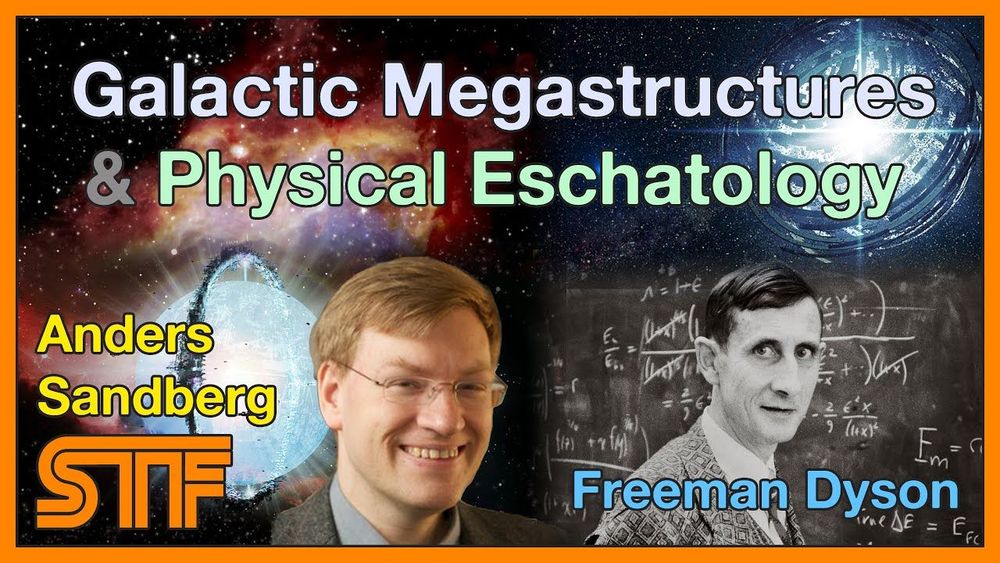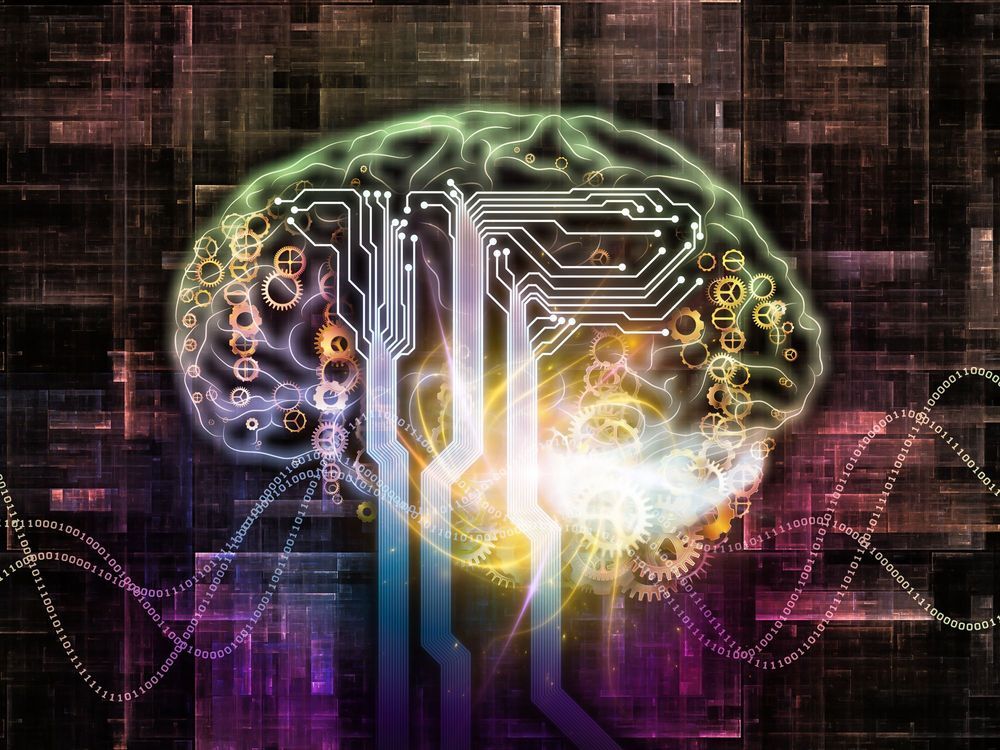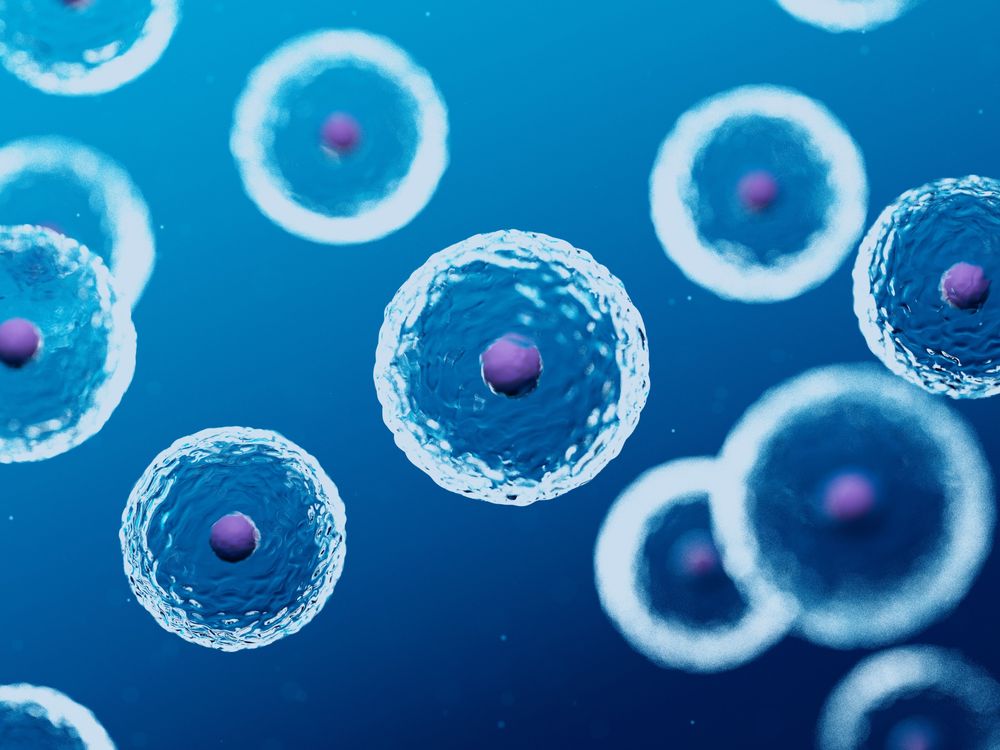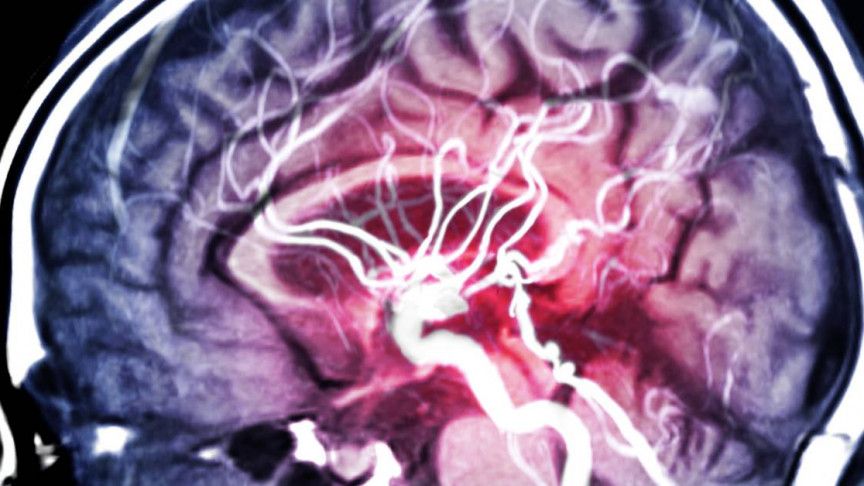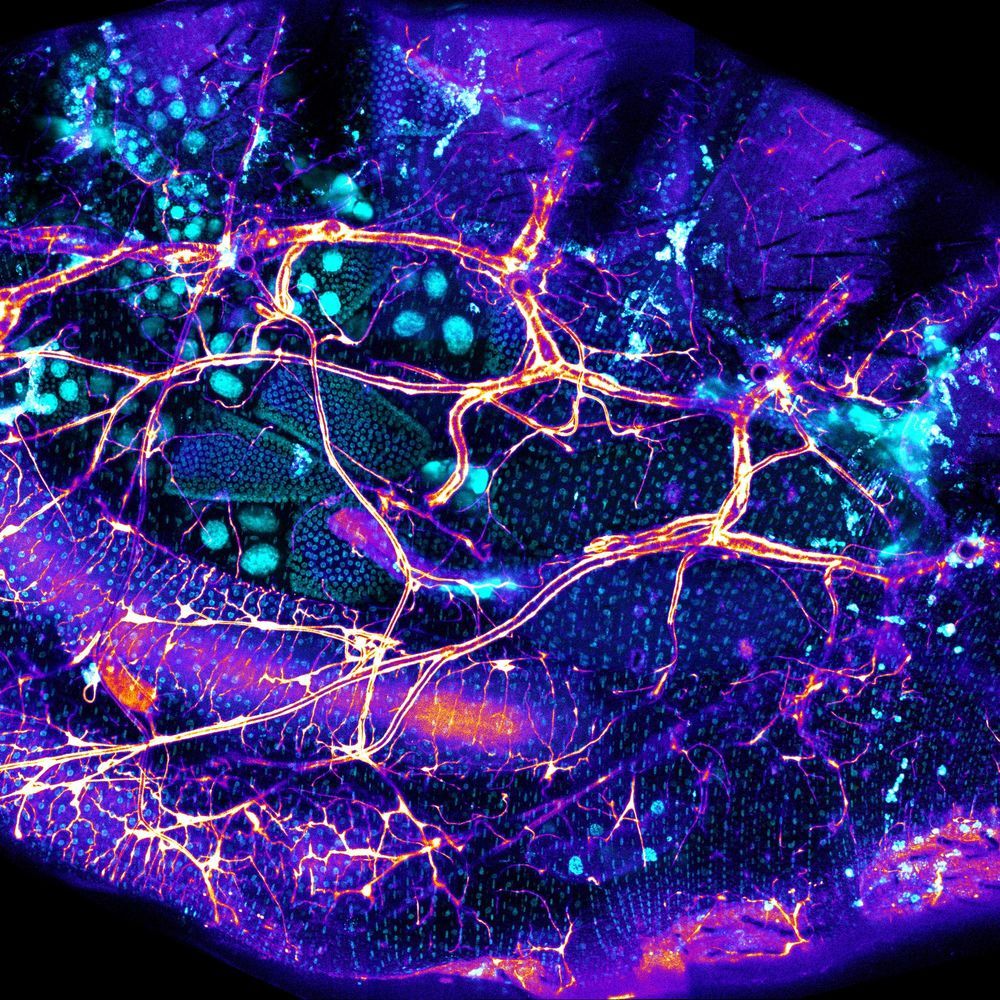Mar 3, 2020
Honeywell says it will soon launch the world’s most powerful quantum computer
Posted by Genevieve Klien in categories: computing, information science, quantum physics
“The best-kept secret in quantum computing.” That’s what Cambridge Quantum Computing (CQC) CEO Ilyas Khan called Honeywell’s efforts in building the world’s most powerful quantum computer. In a race where most of the major players are vying for attention, Honeywell has quietly worked on its efforts for the last few years (and under strict NDA’s, it seems). But today, the company announced a major breakthrough that it claims will allow it to launch the world’s most powerful quantum computer within the next three months.
In addition, Honeywell also today announced that it has made strategic investments in CQC and Zapata Computing, both of which focus on the software side of quantum computing. The company has also partnered with JPMorgan Chase to develop quantum algorithms using Honeywell’s quantum computer. The company also recently announced a partnership with Microsoft.



